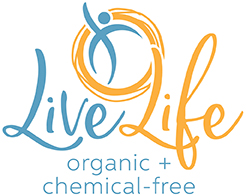Source name: Florida State University
Reference type: Website page
Date of study or article: Accessed January 22, 2019. Last modification: Monday, March 01, 2004.
Summary:
The synthetic dye industry didn’t develop until the mid-nineteenth century. Prior to that, natural dyes, primarily from plant sources, were mostly used.
Today, more than 7,000 different substances are used to give color to products produced commercially. Many of these substances are “….synthesized from aromatic hydrocarbons, such as toluene, benzene, and naphthalene. Hydrocarbons are derived, typically, from coal tar.”
Although synthetic dyes were originally developed for the clothing industry, they are now commonly used in paint, printing ink, plastics, rubber and cosmetics.
This website mentions a few dying techniques.
Notable quotes:
“Unlike pigments, dyes are absorbed to a certain extent by the material to which they are applied.”
“A dye that does not fade when the material it was applied to is exposed to conditions associated with its intended use is called a fast dye. Contrariwise, a dye that loses its coloring during proper usage is referred to as a fugitive dye.”
“In modern times, the dye industry is booming with more than 7,000 different color-providing substances finding commercial use. The vast majority of these substances are synthesized from aromatic hydrocarbons, such as toluene, benzene, and naphthalene. Hydrocarbons are, however, intermediate chemicals that must be derived from a raw material, traditionally coal tar. “
“The need for such a wide variety of dyes is partly due to the fact that although the synthetic dye production came into being primarily to serve the textile industry, many subsequent applications for these chemicals have been developed. The chemicals are, for example, used for a variety of purposes in biology, medicine, chemistry, and related fields. Impressively ubiquitous, dyes are also now used in a variety of commercial products, such as paint, printing ink, plastics, rubber, and cosmetics.”
“Silk, wool, and some other textiles may, for instance, be directly dyed by simply dipping them into the colorant.”
Link to reference material:
